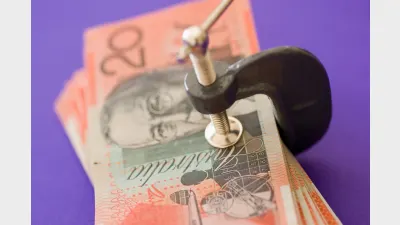2019 rebound helps AustralianSuper retain top spot



The best-performing super fund over the last 10 years is AustralianSuper’s Balanced fund as the first half of 2019 delivers strong returns.
According to research by SuperRatings, the fund returned 9.6 per cent over 10 years to 31, July 2019. This was followed by Hostplus Balanced on 9.5 per cent and UniSuper Balanced on 9.4 per cent over the same period.
Balanced funds referred to those with between 60-76 per cent in growth-style assets and were used as the default option by around 70 per cent of Australians.
While returns of balanced funds fell in the last half of 2018, they rebounded strongly in the first half of 2019.
SuperRatings said this indicated investors should avoid reacting based on short-term market movements. Had investors switched from a balanced option to a stable option at the end of December, they would have missed out on over $4,000 by the end of July (for a super balance of $100,000).
It was also optimistic of future performance as the average quarterly returns for balanced funds during the September quarter were 2.4 per cent, compared to average quarterly June returns of 0.9 per cent.
“Recent market turmoil is a timely reminder to super members not to allow short-term market movements to impact their investment decisions.
“As investors deal with a renewed bout of volatility and growing uncertainty surrounding the economic outlook, recent data shows that members are often better off riding the wave rather than switching out of their current investment option in favour of something safer.”
Recommended for you
Australia's largest super fund has announced its new chief financial officer as the fund prepares for its next phase of growth.
The industry super fund has appointed a new company secretary with extensive governance experience.
The fund has launched a new campaign after finding many older tradies have lacked confidence understanding entitlements and missed pension income.
Unions and the Opposition have raised fresh concerns about APRA and ASIC’s failures amid fallout from First Guardian and Shield.










